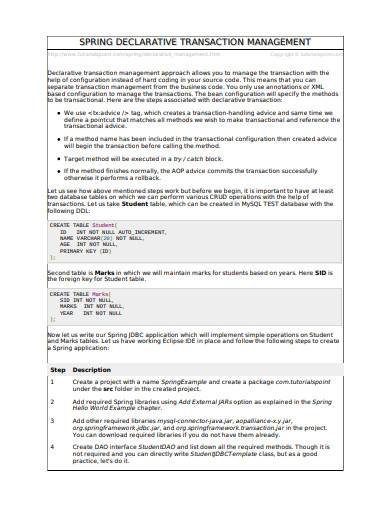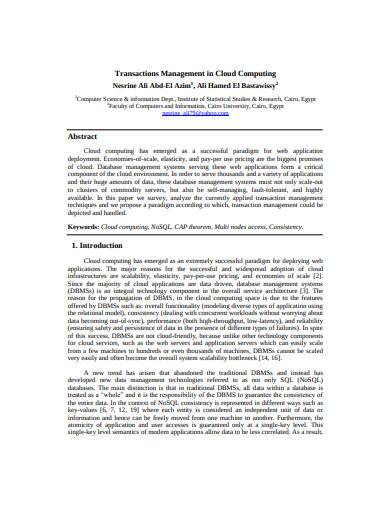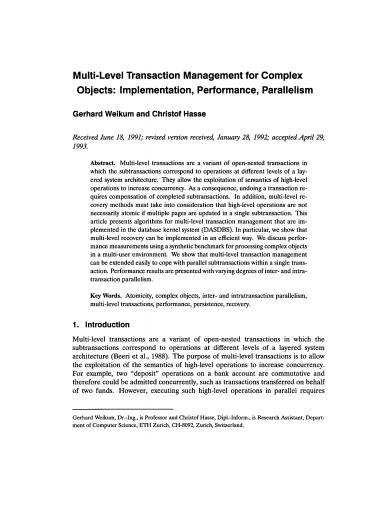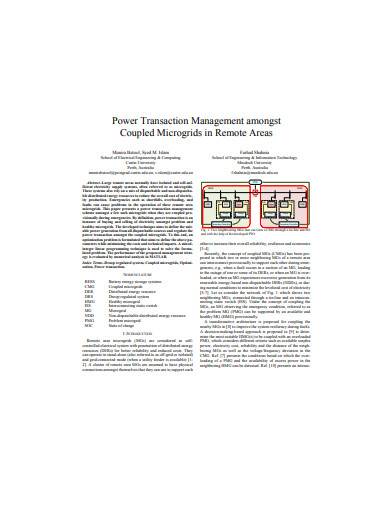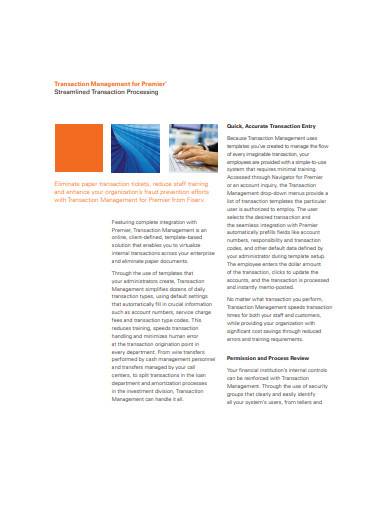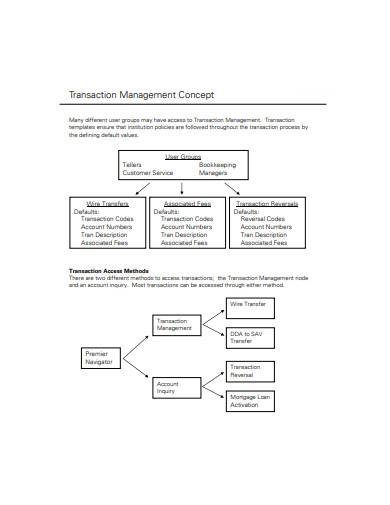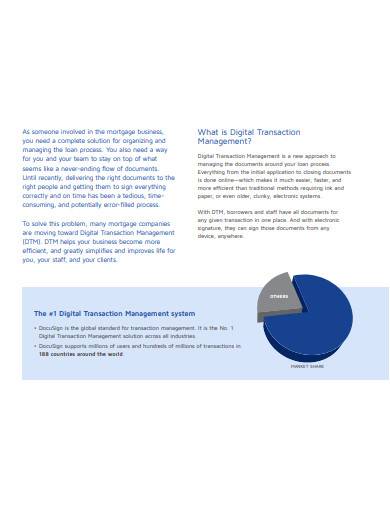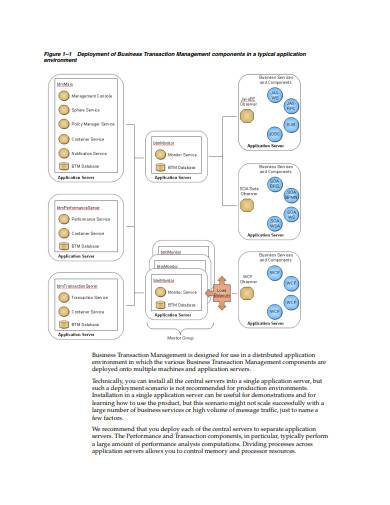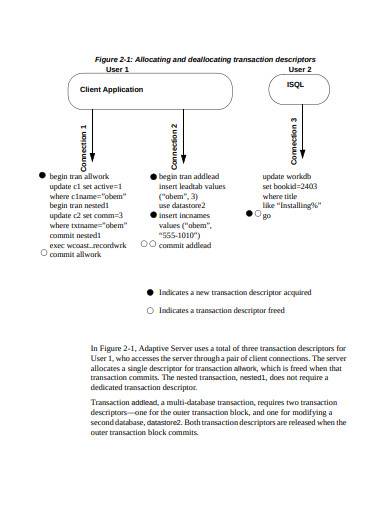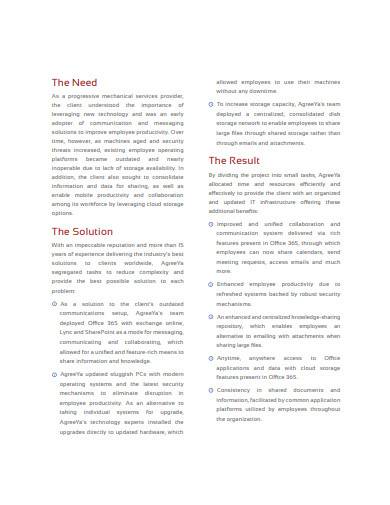From credit cards and banking to online purchase orders and digital stocks, the integration of the internet into the business industry and vice versa has brought forth a revolution in how everyday needs and commodities work. However, these technological advancements also come with significant risks to assets, security, and business ventures. With the now broad scope of skilled tech-savvy individuals, there is a way to protect, secure, and supervise all your digital affairs: through transaction management.
What Is Transaction Management?
Using the internet to run your business is a “high-risk, high-reward” marketing strategy. How is this so? While the world wide web opens your market up to a variety of potential customers, it also leaves you vulnerable to assailants and competitors. Even within the comforts of your own office, it is possible to meet a few glitches and errors that come with technological advancements. However, this doesn’t mean that your grandfather’s “back in my day” talk about running things the old-fashioned way is inherently accurate. The benefits of internet entrepreneurship are what bring in plenty of people into it. But you do need a way to handle all the stress and strain that comes with it.
This is where transaction management comes into play. This type of supervision is used to oversee all your transactions within and outside the company via technological structures. Though there are multiple types of software available, it’s best and highly recommended to make your system. Once you have your transaction management system, you now have a program—akin to cash flow monitoring—that can detect, correct, and warn you of any changes.
Digital Guard Dogs
Around 15,000 years ago, humans allied with canids. Travel forward to the present day, and you find that dogs are still one of man’s most versatile tools and best friends. From cattle herders to weapons of war, pit fighters, medical assistants, and beloved friends, there is no denying the impact that these furry citizens bring to their community.
However, one prominent aspect that businesspeople seek in their canine companions is their willingness to guard, protect, and defend. You’ve probably seen a massive Rottweiler barking at you behind a steel fence next to a sign that says “Private Property” and “Beware of Dogs” or encountered VIPs on mundane walks with their impressive Dobermans. Unfortunately, there’s no way to take your guard dog’s vigilance and upload it onto your business transactions—or is there?
Though you can’t teach a transaction management system to sit, stay, and rollover, you can program it to locate faults within your ventures. Once it does find these anomalies, you can either get to work on fixing them and figuring out how they occurred, or you can have the system do it for you if it can do so. If you need to secure your data and transactions, having a digital guard dog isn’t enough, it needs to be trained to do what you need it to do correctly, and while this takes a lot of time and encoding, it’s well worth the privacy and safety you acquire at the end.
11+ Transaction Management Samples in PDF | DOC
Creating and encoding a software program of any sort is challenging to say the least. However, it shouldn’t stop you from drafting your desired transaction “manager.” With that said, here are a few sample templates you can use to effectively run a research analysis on paper before you handle a keyboard.
1. Spring Declarative Transaction Management Sample
2. Transactions Management in Cloud Computing Template
3. Multi Level Transaction Management Sample
4. Power Transaction Management Template
5. Transaction Management for Premier Sample
6. Transaction Management Survey Template
7. Transaction Management Example
8. Digital Transaction Management Sample
9. Business Transaction Management in PDF
10. Distributed Transaction Management Template
11. Real Estate Transaction Management Example
12. Transaction Management in DOC
How To Create a Transaction Management Document
Whether you’re an IT specialist, business researcher, or the average joe when it comes to technology, the importance of physical reports keeps it relevant even in this day and age. As such, before you tackle the grand challenge of software creation, it’s best that you first learn how to draft your transaction management document.
1. Determine Your Transaction Purpose
What is the main subject of your document? Is it a project management and evaluation sheet? Perhaps business agreements? Whether it’s financial, construction, or administrative, a transaction is a transaction, and identifying its purpose will help you categorize it better.
2. Set Your Report Format
Most people understand format as “Font Size 12 and Font Style Times New Roman”. However, this isn’t always the case. If there is a need to relay important details in your data, using a report format is optimal as this layout is designed for such a purpose.
3. Follow Understandable Procedures
Following a system is useless if people don’t know how to use it. Make sure that everybody required to man operations understands and can follow procedures effective in situations of mass turmoil and disarray. In laymen’s terms, use a flowchart for what to do in all situations, an action plan to keep your collection, and basic instructions for uploading files.
4. Categorize and Upload
Going back to tip number one, categorizing your documents keeps you from having to dig through folders (digital or not) to find what you’re looking for. When categorizing your document, determine where it goes based on the customary sections. Finally, when your paper is as good as it can be, begin the upload procedures.
Complacency is what kills plenty of entrepreneurs’ dreams of success. Hence, transaction management is critical to proper corporate advancement. As guard dogs of your digital property, your transaction management software and documents secure your information, negotiations, and affairs. However, they are not foolproof, and you still have a part to play in keeping important details of your personal and company transactions safe and sound.
Related Posts
FREE 10+ Agile Project Management Samples in PDF
FREE 8+ Change Management Checklist Samples in PDF | DOC
FREE 5+ Risk Register Samples in PDF
FREE 6+ Resource Management Samples in PDF
FREE 5+ Vendor Management Samples in PDF
FREE 10+ Product Portfolio Management Samples in PDF | MS Word
FREE 10+ Management Work Plan Samples in PDF | DOC
FREE 13+ Communication Management Plan Samples in PDF | MS Word
FREE 9+ Time Management Resources Samples in PDF | MS Word
FREE 13+ Product Management Samples in PDF | DOC
FREE 10+ Management Memo Samples in PDF | DOC
FREE 11+ Real Estate Risk Management Samples in PDF
FREE 9+ Human Resources Management Plan Samples in PDF
FREE 7+ Stakeholder Management Strategy Samples in PDF | DOC
FREE 10+ Interest Rate Risk Management Samples in PDF | MS Word

